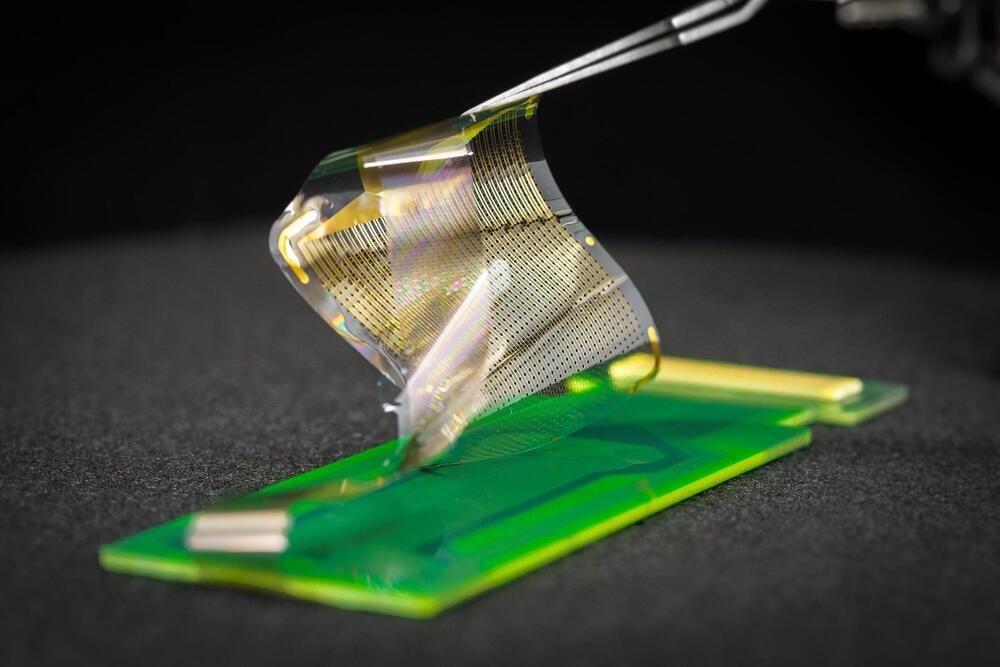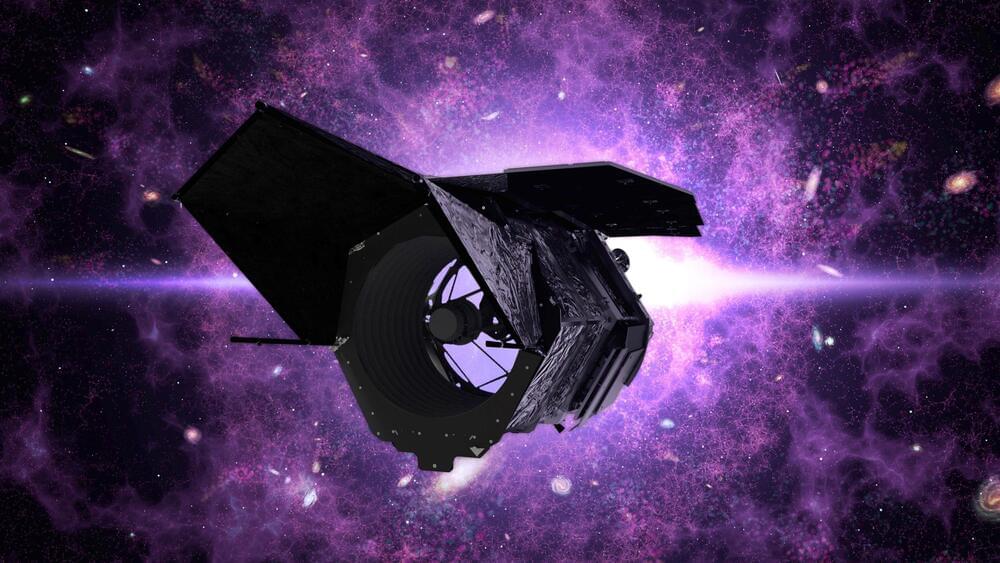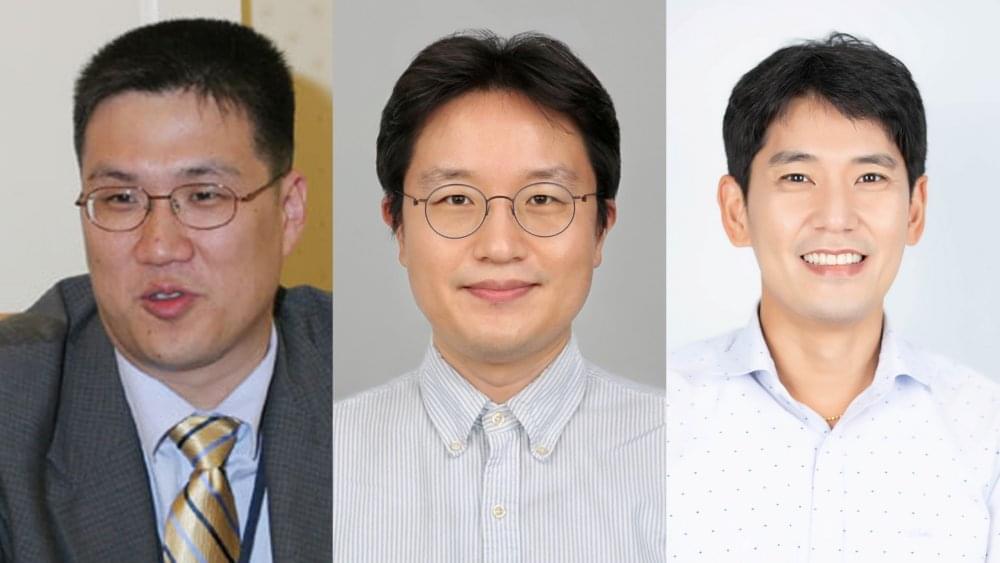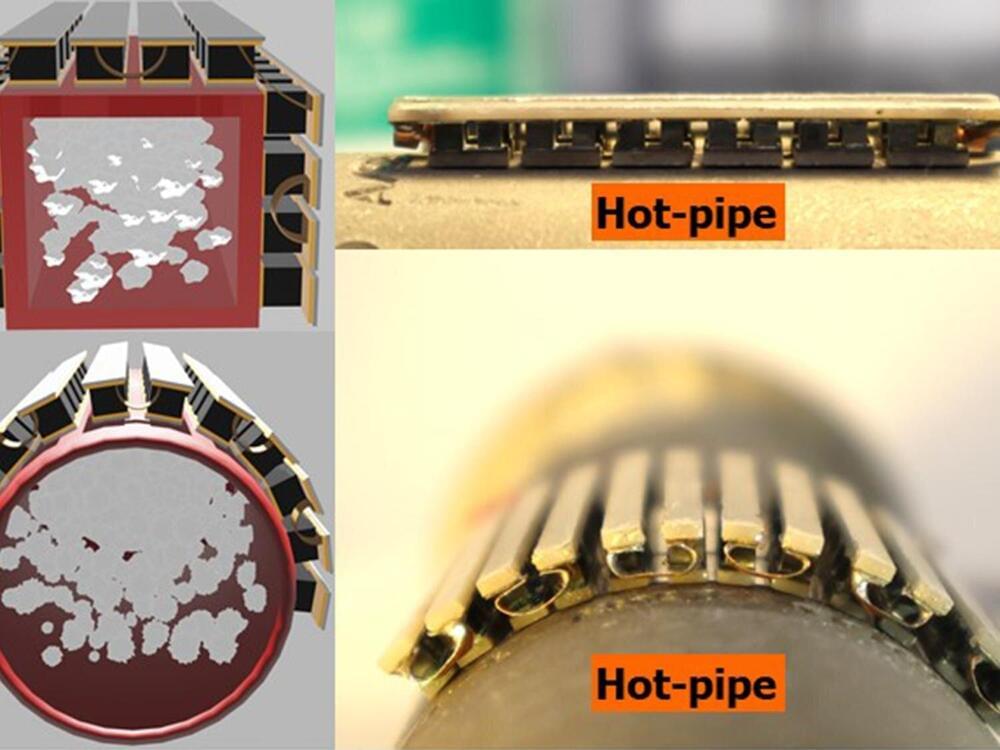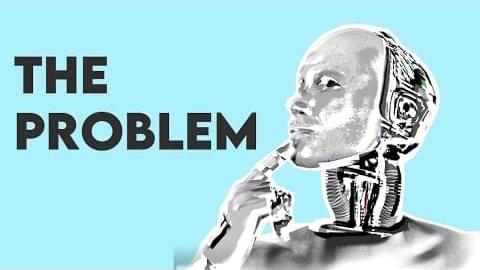Jan 21, 2022
Human Brain Signals Recorded in Record-Breaking Resolution
Posted by Genevieve Klien in categories: biotech/medical, computing, neuroscience
High-resolution recordings of electrical signals from the surface of the brain could improve surgeons’ ability to remove brain tumors and treat epilepsy, and could open up new possibilities for medium-and longer-term brain-computer interfaces.
A team of engineers, surgeons, and medical researchers has published data from both humans and rats demonstrating that a new array of brain sensors can record electrical signals directly from the surface of the human brain in record-breaking detail. The new brain sensors feature densely packed grids of either 1,024 or 2,048 embedded electrocorticography (ECoG) sensors. The paper was published by the journal Science Translational Medicine on January 19, 2022.
Continue reading “Human Brain Signals Recorded in Record-Breaking Resolution” »
